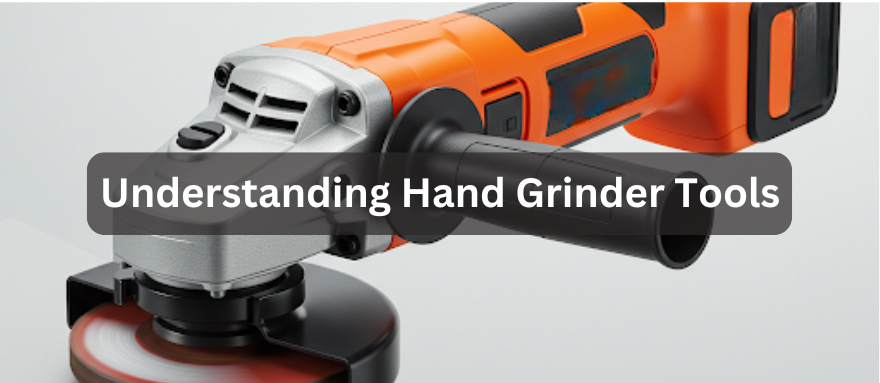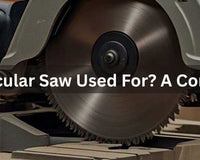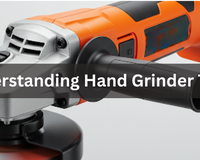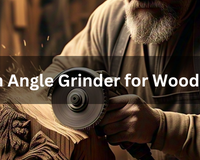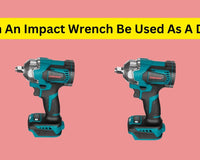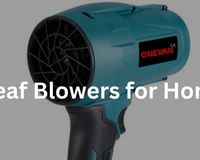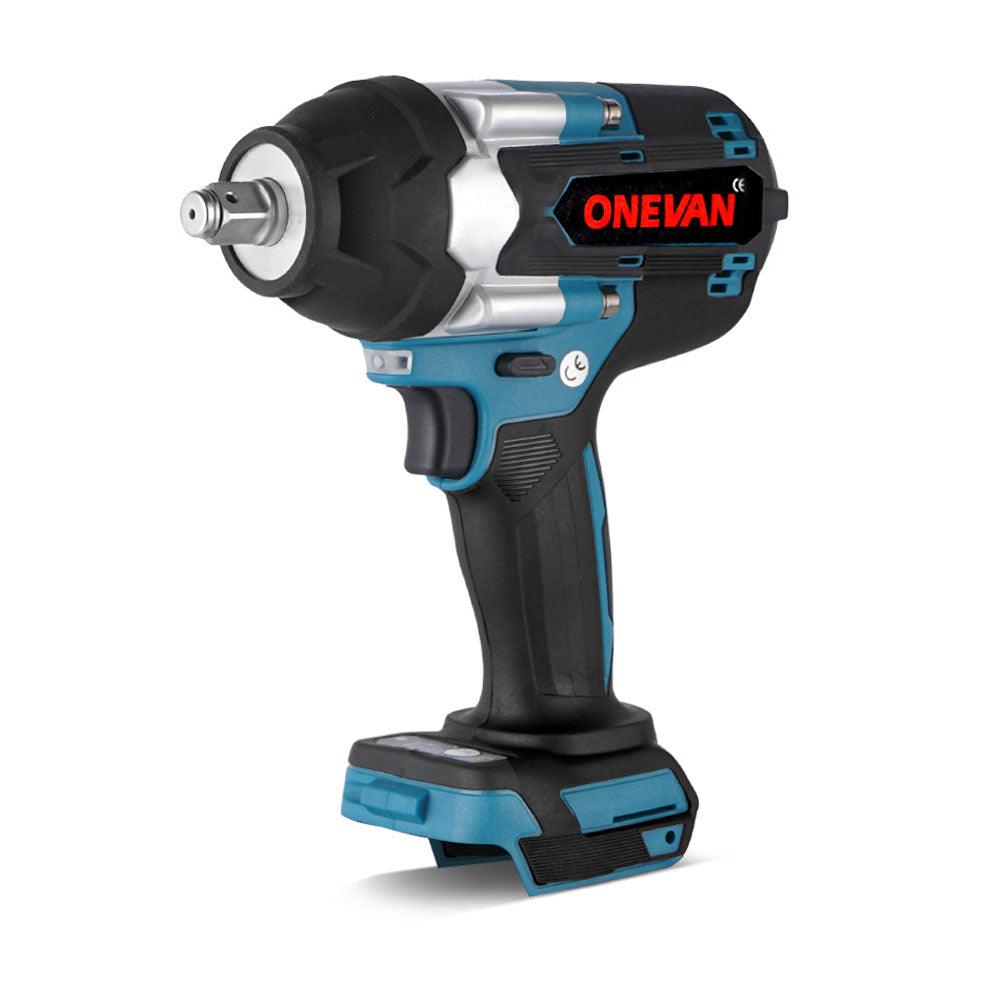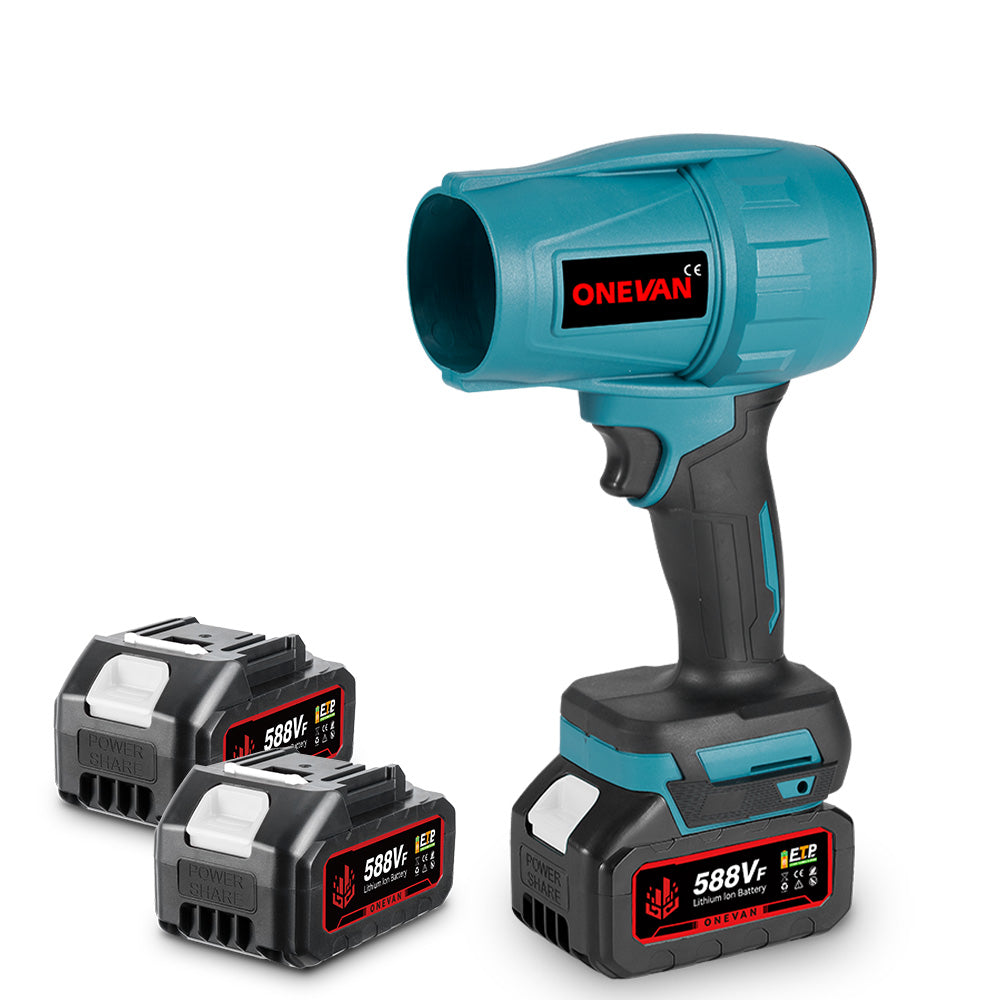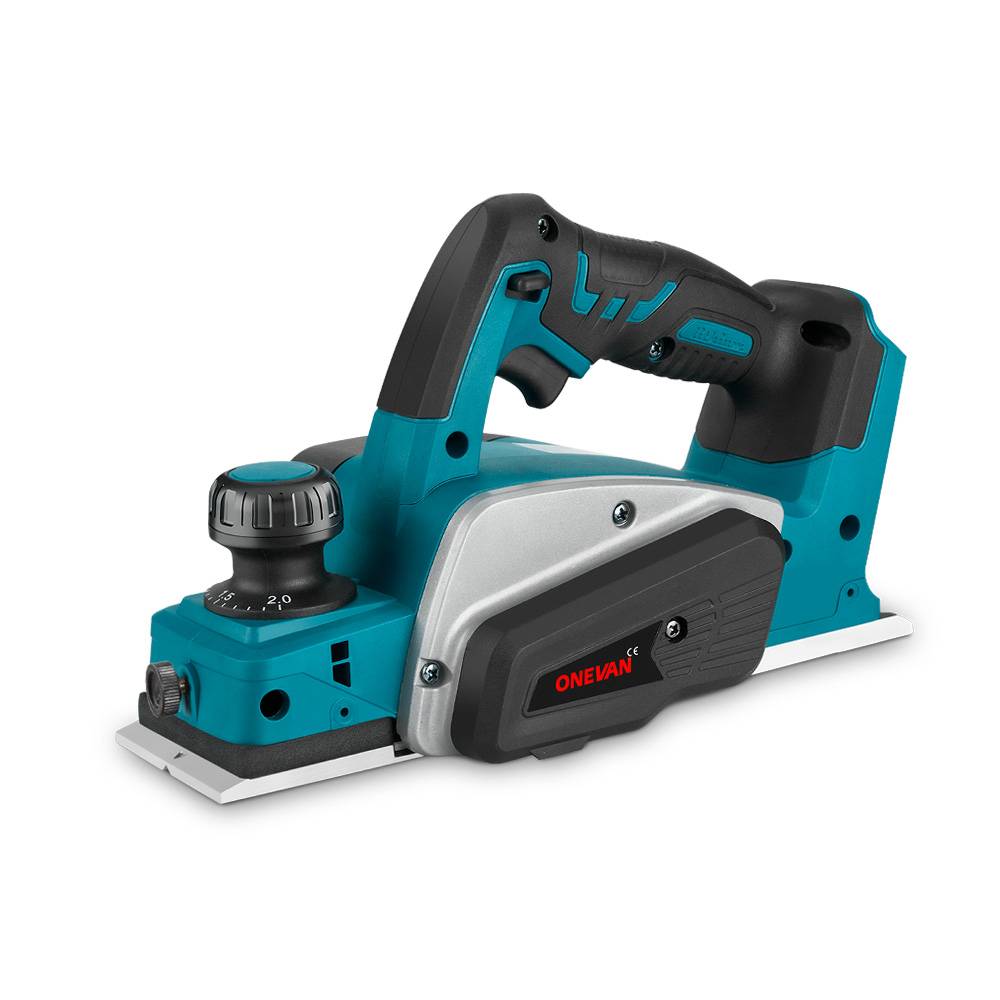Esmerilhadeiras manuais são ferramentas versáteis usadas em diversas situações. São ótimas para projetos "faça você mesmo" em casa, como afiar ferramentas ou remover ferrugem. Profissionais também as utilizam para tarefas como metalurgia e construção civil. Existem diferentes tipos de esmerilhadeiras manuais, cada uma projetada para trabalhos específicos. Saber qual usar é fundamental para bons resultados.
1. O que são ferramentas de retificação manual?
Esmerilhadeiras manuais, como o nome sugere, são ferramentas que você segura na mão. Elas usam uma roda ou disco abrasivo giratório para lixar, cortar, polir ou lixar materiais. São potentes e podem moldar metal, pedra, azulejo e muito mais. Pense nelas como versões menores e mais manobráveis de máquinas de lixar maiores.
Historicamente, as esmerilhadeiras manuais eram muito mais simples. As primeiras versões eram acionadas manualmente. Os motores elétricos mudaram tudo, tornando-as muito mais potentes e fáceis de usar. Hoje, as esmerilhadeiras sem fio alimentadas por bateria são populares, oferecendo mais liberdade e portabilidade.
Os moedores modernos também contam com recursos de segurança adicionais e ergonomia aprimorada para uso confortável.

2. Tipos de ferramentas de retificação manual
As esmerilhadeiras manuais estão disponíveis em diversos formatos e tamanhos. Seja para cortar metal, alisar arestas, remover ferrugem ou até mesmo afiar suas ferramentas, essas ferramentas são projetadas para atender a uma variedade de necessidades.
Existe uma grande variedade delas por aí. Os tipos mais comuns incluem esmerilhadeiras de matriz, esmerilhadeiras de lápis e a altamente eficaz esmerilhadeira angular. Equipes de construção e metalúrgicos gostam de esmerilhadeiras angulares porque são extremamente versáteis. A introdução dos modelos sem fio mudou significativamente o panorama da usabilidade das ferramentas. Chega de lutar com fios ou procurar tomadas!
Esmerilhadeira angular
Uma esmerilhadeira angular é uma ferramenta elétrica portátil versátil usada para esmerilhar, cortar, polir e limpar. Ela opera com um disco ou roda abrasiva rotativa de alta velocidade.
Mecanismo
Aqui está uma análise do seu mecanismo:
- Motor: O núcleo da esmerilhadeira angular é o seu motor, que pode ser elétrico (com ou sem fio) ou pneumático (movido a ar). Este motor fornece a força rotacional necessária para a ação de esmerilhamento ou corte.
- Eixo: A força rotacional do motor é transferida para o eixo, um eixo saliente no qual o disco de moagem ou corte é fixado.
- Disco/Roda: O tipo de disco ou roda acoplada ao eixo determina a função específica da ferramenta. Diversos discos estão disponíveis para cortar metal, pedra e azulejo, além de discos de desbaste para alisar superfícies, escovas de arame para limpeza e almofadas de polimento.
- Mecanismo: Quando o motor é acionado, o eixo gira em alta velocidade, normalmente variando de 8.000 a 11.000 RPM (rotações por minuto). Essa rotação de alta velocidade permite que o disco abrasivo desbaste, corte ou polimento da peça de trabalho com eficácia.
Aplicações:
As rebarbadoras são ferramentas indispensáveis em vários setores e negócios, incluindo:
- Construção: Cortar concreto, alvenaria e azulejos; lixar e alisar superfícies; remover excesso de material.
- Metalurgia: cortar e moldar metal; remover ferrugem, tinta ou rebarbas; retificar soldas.
- Automotivo: remoção de ferrugem, tinta ou massa de carroceria; corte de painéis de metal; polimento de superfícies.
- Faça você mesmo e melhorias na casa: corte de ladrilhos para pisos ou backsplashes; remoção de rejunte; afiação de ferramentas; tarefas gerais de retificação e polimento.
Abaixo estão nossas duas esmerilhadeiras angulares sem fio recomendadas e suas melhores aplicações possíveis.
Esmerilhadeira angular sem escova ONEVAN de 125 mm
A Esmerilhadeira Angular Sem Escovas ONEVAN de 125 mm é uma ferramenta versátil adequada para diversas aplicações, como construção (corte de azulejos), metalurgia (corte de metal), trabalhos automotivos (remoção de ferrugem) e projetos "faça você mesmo" (remoção de rejunte). Antes de usar, priorize sempre a segurança, usando EPIs adequados (óculos de segurança, proteção auricular, máscara contra poeira e luvas) e selecionando o disco de 5 polegadas correto para o trabalho. Fixe a peça de trabalho e familiarize-se com as seis velocidades da esmerilhadeira, começando com velocidades mais baixas para tarefas delicadas e aumentando conforme necessário. O potente motor sem escovas de 2000 watts oferece desempenho eficiente e alta rotação (3000-20000 rpm), exigindo firmeza na pegada e consciência do torque da ferramenta.
Esmerilhadeira angular sem fio ONEVAN de 76 mm sem escovas
A esmerilhadeira angular sem fio e sem escovas ONEVAN de 76 mm é uma ferramenta de corte versátil alimentada por um motor sem escovas de 390 W que atinge 20.000 RPM.
Seu controle de velocidade infinitamente ajustável permite uma operação precisa em diversos materiais, incluindo madeira e metal, com capacidade máxima de corte de 13,5 mm (1/2") com a proteção contra poeira e 16 mm (5/8") sem ela. Recursos como proteção contra poeira, luz LED integrada para melhor visibilidade e ajuste para frente/trás proporcionam maior controle e um ambiente de trabalho mais limpo. Lembre-se sempre de usar EPI adequado, selecionar o disco de 3 polegadas correto (com furo de 9,5 mm ou 10 mm) e consultar o manual antes de usar.
Retificadora de matriz
As esmerilhadeiras de matriz giram acessórios minúsculos super-rápidos, permitindo que você alcance pontos apertados que ferramentas maiores simplesmente não conseguem alcançar. Seja para alisar uma área áspera, polir algo com perfeição ou fazer cortes precisos, essas pequenas ferramentas estão aqui para ajudar.
Os metalúrgicos adoram usá-los para limpar soldas e remover rebarbas. Mas isso é só o começo – marceneiros os usam para entalhes complexos, e eles são igualmente úteis para trabalhar com plástico ou pedra. Sinceramente, depois de ter um em sua oficina, você continuará encontrando novos usos para ele.
Agora, quando se trata de potência, você tem opções. As antigas funcionam com ar comprimido (esses são os modelos pneumáticos), mas hoje em dia, as elétricas estão por toda parte. Assim como tudo no mundo das ferramentas, as versões sem fio estão se tornando cada vez mais populares devido à sua maior mobilidade.
A Retificadora de Moldes sem Fio e sem Escovas ONEVAN de 6 mm possui um motor sem escovas de 2000 W que aguenta qualquer desafio. Ela é compatível com baterias Makita de 18 V, o que aumenta sua versatilidade. Portanto, se você já faz parte desse ecossistema, está no caminho certo. O design sem escovas significa que ela provavelmente durará mais que suas outras ferramentas e é realmente confortável de usar – sem cãibras nas mãos após horas de trabalho minucioso! Esta belezinha pode girar de uma parada total a impressionantes 35.000 rpm, aceita brocas padrão de 6 mm ou 1/4" e pode lidar com rebolos de até 38 mm. Nada mal para algo que cabe no seu cinto de ferramentas!
Lixadeira de cinta/lixadeira de cinta portátil
A lixadeira de cinta utiliza uma cinta abrasiva contínua sobre rolos. Em uma lixadeira de cinta, a cinta gira em alta velocidade e é acionada por um motor robusto. As lixadeiras de cinta modernas possuem controle de velocidade variável, permitindo ajustes precisos para diferentes materiais e tarefas. A superfície plana de lixamento proporciona uma área de contato máxima para uma remoção eficiente do material. A maioria das unidades agora inclui sistemas de coleta de pó integrados e alças ergonômicas para uso prolongado. As cintas largas geralmente variam de 7,5 a 10 cm, tornando-as ideais para superfícies maiores.
Aplicações:
- Rebarbação de peças metálicas
- Lixar e lixar madeira
- Remoção de ferrugem e corrosão
- Suavizando arestas
- Preparação de superfícies para pintura ou revestimento
Polidor/Ferramenta de polimento
Uma ferramenta de acabamento de precisão que opera por meio de um sistema de disco giratório. O motor aciona um eixo em velocidades controladas, normalmente de 600 a 3.000 RPM. Os modelos profissionais possuem controle eletrônico de velocidade que mantém RPMs consistentes sob carga. A ferramenta aceita discos de diversos materiais – lã, espuma ou microfibra – para diferentes estágios de polimento. Os modelos avançados incluem tecnologia de partida suave e cabos ergonômicos projetados para melhor controle. A distribuição de peso e o equilíbrio permitem horas de uso confortável.
Aplicações:
- Polimento de superfícies metálicas
- Polimento de rodas de carro e peças cromadas
- Superfícies brilhantes de madeira e plástico
- Removendo pequenos arranhões e imperfeições
- Preparação de superfícies para revestimento ou pintura
Moedor de disco
Uma ferramenta de desbaste de alta potência que utiliza discos abrasivos intercambiáveis. O motor fornece torque significativo, frequentemente com sistemas de resfriamento avançados para operação contínua. Os principais recursos incluem um sistema de embreagem de segurança, mecanismos de troca rápida de discos e protetores. Os modelos profissionais oferecem controle de velocidade variável, normalmente entre 2.800 e 11.000 RPM. A ferramenta aceita discos de diversos grãos e materiais para diferentes aplicações.
Aplicações:
- Corte de tubos e chapas metálicas
- Desbaste de concreto e alvenaria
- Lixar e alisar superfícies ásperas
- Remoção de revestimentos e adesivos antigos
- Corte e modelagem de pedras e ladrilhos
Moedor portátil com rebolo
Esta versátil ferramenta de desbaste conta com um motor potente que aciona um rebolo substituível. As versões modernas incorporam tecnologia de partida suave para uma operação mais suave e sistemas antivibração para maior conforto do usuário. A ferramenta conta com trocas de rebolo sem necessidade de ferramentas e proteções ajustáveis para maior segurança. O controle de velocidade variável permite uma operação precisa em diferentes materiais. Os modelos avançados incluem proteção eletrônica contra sobrecarga e prevenção de reinicialização após interrupções de energia.
Aplicações:
- Lixar superfícies metálicas
- Corte de tubos e chapas metálicas
- Lixar e alisar superfícies ásperas
- Remoção de revestimentos e adesivos antigos
- Afiação de ferramentas e lâminas
Ferramenta rotativa/ferramenta Dremel
Uma ferramenta de precisão de alta velocidade que opera a 5.000-35.000 RPM. As versões modernas utilizam motores sem escovas para maior eficiência e durabilidade. O sistema de pinças aceita diversos acessórios para diversas aplicações. Os modelos atuais possuem visores digitais de velocidade e sistemas de feedback eletrônico que mantêm a velocidade constante sob carga. O design compacto permite o acesso a espaços apertados, mantendo a potência e o controle.
Aplicações:
- Lixar e lixar pequenas áreas
- Cortando metal fino e plástico
- Escultura e gravação em madeira e pedra
- Polimento de pequenas peças metálicas
- Afiação de pequenas ferramentas e lâminas
Moedor de escova de arame
Uma ferramenta especializada para preparação de superfícies com rodas giratórias de cerdas de arame. O motor aciona a roda de arame em velocidades controladas para uma remoção eficiente do material. Disponível com diferentes materiais e configurações de arame para diversas aplicações. Os designs modernos incorporam proteções contra detritos e sistemas de gerenciamento de poeira aprimorados. A ferramenta possui sistemas de troca rápida para substituição da roda de arame e alças ajustáveis para posicionamento ideal.
Aplicações:
- Limpeza e preparação de superfícies metálicas
- Remoção de ferrugem e corrosão
- Removendo tinta e revestimentos antigos
- Limpeza de concreto e alvenaria
- Rebarbação de peças metálicas
Lixadeira orbital/lixadeira manual
Esta ferramenta de acabamento combina movimentos rotacionais e orbitais para uma preparação superior da superfície. A ação orbital aleatória previne padrões na superfície, mantendo a remoção agressiva do material. Os modelos atuais contam com controle de velocidade variável e sistemas avançados de coleta de pó. Sensores de pressão integrados evitam o desgaste excessivo da superfície. O design da base permite trocas rápidas de lixa e distribuição uniforme da pressão de lixamento.
Aplicações:
- Lixar e alisar superfícies de madeira
- Remoção de tinta e revestimentos antigos
- Preparando superfícies para pintura ou tingimento
- Suavizando arestas
- Polimento de superfícies metálicas e plásticas
Moedor de pedra/cortador de pedra
Uma ferramenta de corte e desbaste para serviços pesados, projetada especificamente para materiais de alvenaria. Possui sistemas de refrigeração a água para proteção da lâmina e supressão de poeira. Os modelos profissionais incluem guias de corte a laser e mecanismos precisos de ajuste de profundidade. Os motores fornecem alto torque em baixas rotações por minuto (RPM) para corte controlado. Os sistemas de feedback eletrônico ajustam a potência de saída com base nas condições de carga para desempenho e segurança ideais.
Aplicações:
- Cortando pedra, concreto e tijolo
- Moagem e modelagem de pedra e alvenaria
- Removendo argamassa e rejunte antigos
- Preparando superfícies para instalação de ladrilhos
- Corte e modelagem de concreto e asfalto

3. Escolhendo a ferramenta de retificação manual certa para seu projeto
Você precisa da ferramenta de retificação certa para o sucesso de qualquer projeto. Então, quais são os pontos básicos que você precisa entender antes de tomar essa decisão?
Projetos de Metalurgia
Ao trabalhar com metal, a sua escolha de ferramenta pode ser decisiva para o sucesso ou fracasso do projeto. As esmerilhadeiras angulares são perfeitas para cortar metal e realizar grandes trabalhos de desbaste. As esmerilhadeiras de disco são excelentes para trabalhos de superfície, enquanto as esmerilhadeiras de matriz alcançam aqueles pontos apertados que a maioria das ferramentas não alcança. Essas ferramentas oferecem potência e precisão excepcionais para trabalhos em metal de nível profissional.
Trabalho de precisão
Para trabalhos detalhados que exigem precisão, você precisará de uma retificadora de matriz ou uma ferramenta rotativa. A retificadora de matriz oferece mais potência para remoção precisa do material, enquanto as ferramentas rotativas proporcionam controle excepcional em altas velocidades. Ambas as ferramentas aceitam brocas para diferentes aplicações, permitindo que você trabalhe com precisão cirúrgica em projetos detalhados.
Acabamento automotivo
O trabalho automotivo exige perfeição no acabamento. Polidores proporcionam um brilho digno de showroom com controle de velocidade variável e o uso de discos de polimento especializados. Quando é necessário trabalho preparatório, as esmerilhadeiras angulares intervêm para cuidar da preparação inicial da superfície. A combinação dessas ferramentas transforma superfícies ásperas e danificadas em acabamentos espelhados.
Melhoria da casa faça você mesmo
Projetos residenciais exigem ferramentas versáteis e confiáveis. Esmerilhadeiras sem fio oferecem a liberdade de trabalhar em qualquer lugar sem restrições de energia. Esmerilhadeiras angulares fazem tudo, desde cortar azulejos até remover argamassa velha. Essas ferramentas oferecem o equilíbrio perfeito entre potência e portabilidade para lidar com diversas tarefas de reforma.
Projetos de marcenaria
A madeira exige abordagens diferentes para cada etapa. Lixadeiras de cinta removem material rapidamente e modelam superfícies. Lixadeiras orbitais proporcionam um acabamento suave e sem redemoinhos, enquanto lixadeiras manuais oferecem precisão para bordas e detalhes. Cada ferramenta traz vantagens específicas para o processo de marcenaria.
Corte de pedras
Trabalhar com pedras exige muita potência e precisão. As esmerilhadeiras possuem lâminas especializadas e sistemas de resfriamento para cortes limpos e precisos. As esmerilhadeiras angulares, com os acessórios certos, realizam cortes menores de pedras e trabalhos de borda. Ambas as ferramentas oferecem o controle necessário para resultados profissionais em alvenaria.
Criação detalhada
Projetos artesanais exigem versatilidade e controle. Ferramentas rotativas se destacam em trabalhos detalhados e complexos com sua alta velocidade e precisão, enquanto as retificadoras de matriz oferecem mais potência para peças maiores e detalhadas. Ambas as ferramentas aceitam diversos acessórios para diversas aplicações criativas.
Limpeza de superfícies
A preparação da superfície exige uma limpeza agressiva, porém controlada. Esmerilhadeiras com escova de aço removem ferrugem e tinta velha com eficiência. Esmerilhadeiras angulares, equipadas com copos de arame ou discos de decapagem, trabalham com áreas maiores. Essas ferramentas restauram as superfícies à sua condição original sem danificar o material de base.
Superfícies de alisamento
Alcançar o acabamento perfeito exige a abordagem certa. As lixadeiras de disco alisam áreas grandes com eficiência e resultados consistentes, enquanto as lixadeiras orbitais proporcionam acabamentos ultralisos sem deixar marcas ou padrões. Ambas as ferramentas possuem sistemas de coleta de pó para uma operação mais limpa.
Projetos de lixamento
Diferentes tarefas de lixamento exigem abordagens diferentes. Lixadeiras manuais oferecem excelente controle para trabalhos detalhados. Lixadeiras orbitais são excelentes em superfícies maiores, removendo material e evitando marcas de redemoinho. Ambas as ferramentas oferecem controle de velocidade variável para resultados ideais em diferentes materiais.
4. Conclusão
As esmerilhadeiras manuais são ferramentas essenciais em oficinas modernas, canteiros de obras e projetos "faça você mesmo". A diversificada gama de esmerilhadeiras especializadas disponíveis hoje atende a praticamente todas as necessidades de esmerilhamento, corte e acabamento. De potentes esmerilhadeiras angulares para trabalhos pesados em metal a ferramentas rotativas precisas para tarefas delicadas, cada tipo atende a propósitos específicos, incorporando recursos avançados para segurança e eficiência.
5. Perguntas frequentes
Quanto tempo dura a bateria de uma esmerilhadeira angular sem fio?
Uma bateria de 18 V/20 V totalmente carregada dura de 20 a 25 minutos de corte contínuo ou de 45 a 60 minutos de desbaste intermitente. Baterias premium de 5,0 Ah aumentam a autonomia em aproximadamente 40%. A maioria dos profissionais usa de 2 a 3 baterias em rotação para operações de um dia inteiro.
Em quais materiais você pode trabalhar com uma esmerilhadeira angular sem fio?
Você pode trabalhar com metais ferrosos de até 1,25 cm de espessura, metais não ferrosos, pedra, concreto e azulejos cerâmicos. É fundamental usar discos específicos para o material e a faixa de RPM. O corte de madeira e plástico requer discos especializados e velocidades reduzidas.
Por que as esmerilhadeiras angulares sem fio são melhores que as com fio?
As esmerilhadeiras sem fio contemporâneas com motores sem escovas fornecem 90% da potência com fio, além de oferecer mobilidade completa. Elas eliminam os riscos causados pelos fios no local de trabalho, proporcionam configuração instantânea e acessam espaços apertados com eficiência. A compatibilidade da plataforma 18V/20V permite o compartilhamento de baterias entre os sistemas de ferramentas.
Como faço a manutenção da minha rebarbadora sem fio?
Limpe as saídas de ar após cada uso. Verifique mensalmente se há desgaste no flange de montagem do disco. Armazene as baterias entre 4°C e 21°C e mantenha-as entre 30% e 50% da carga durante o armazenamento prolongado. Inspecione as proteções antes de cada uso e substitua as escovas de carvão gastas anualmente ou após 100 horas de uso.
Quais são as aplicações ideais para uma retificadora sem fio?
As retificadoras de matriz sem fio se destacam no acabamento de cordões de solda (soldas de até 1/4 de polegada), trabalhos em portas e coletores, polimento de matrizes e refinamento de padrões. A ferramenta é ideal para retificação de precisão em espaços confinados com menos de 15 cm de largura, inacessíveis a ferramentas maiores.
Como as retificadoras sem fio se comparam aos modelos pneumáticos?
As retificadoras de matriz sem fio operam a 25.000-35.000 RPM, enquanto as ferramentas pneumáticas operam a 20.000-25.000 RPM. Os modelos a bateria eliminam as restrições da mangueira de ar e a necessidade de compressor, mantendo a mesma potência. Os motores sem escovas modernos oferecem um tempo de execução de 90 minutos por carga.
Uma retificadora sem fio é fácil de usar?
Gatilhos de velocidade variável com 4 a 6 faixas predefinidas oferecem controle preciso. Trocas de pinça sem ferramentas e designs de empunhadura fina melhoram o manuseio. Os recursos de proteção incluem desligamento por sobrecarga térmica e freio elétrico. Os pesos das ferramentas geralmente variam de 1,35 a 1,8 kg, dependendo do modelo e da bateria.
Como selecionar os acessórios corretos para minha retificadora?
Adapte a rotação máxima do acessório às especificações da sua ferramenta. Use pinças de 1/4 de polegada ou 6 mm para obter a estabilidade ideal. Fresas de carboneto são adequadas para remoção de metal, enquanto pontas de óxido de alumínio são mais indicadas para acabamento. Brocas com revestimento de diamante duram 10 vezes mais para materiais endurecidos.

